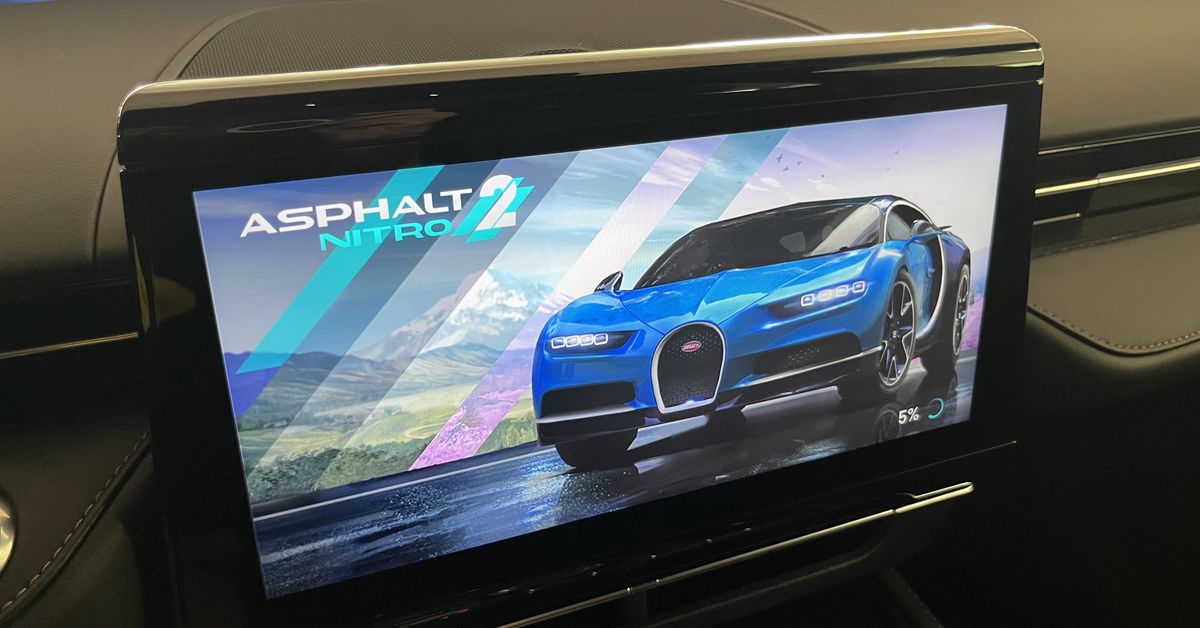The Future of Driving: How Android Automotive is Expanding App Accessibility
As technology continues to evolve at a rapid pace, the automotive industry is not one to be left behind. The integration of software and applications into vehicles is revolutionizing how we interact with our cars. One of the most significant advancements in this area is Android Automotive, an operating system that is set to transform the driving experience through expanded app accessibility. This shift not only enhances convenience but also signals a significant change in how drivers engage with technology while on the road.
Understanding Android Automotive
Android Automotive is a version of the Android operating system that is specifically designed for use in vehicles. Unlike the Android Auto system, which relies on a smartphone to provide functionality, Android Automotive is built directly into the car’s hardware. This means it can run applications independently, offering a more seamless and integrated experience for drivers and passengers alike.
With Android Automotive, manufacturers are able to offer an array of applications that enhance various aspects of driving, from navigation and entertainment to vehicle diagnostics and more. As car manufacturers adopt this technology, the potential for innovation and improvement in the in-car experience becomes virtually limitless.
Expanding App Accessibility
One of the most exciting aspects of Android Automotive is its ability to expand app accessibility within vehicles. Traditionally, the in-car experience has been limited to a handful of applications pre-installed by manufacturers. However, with Android Automotive, developers can create and distribute apps specifically designed for automotive use. This opens up a world of possibilities for enhancing the driving experience.
- Navigation: Apps like Google Maps and Waze can be optimized for in-car use, providing real-time traffic updates and route suggestions without needing a smartphone.
- Music and Entertainment: Streaming services such as Spotify, YouTube Music, and others can be directly accessed, allowing drivers to enjoy their favorite tunes or podcasts without connecting to a phone.
- Vehicle Health Monitoring: Applications that provide insights into vehicle performance, maintenance schedules, and diagnostic information can be integrated, giving drivers more control and awareness of their car’s health.
- Smart Home Integration: With apps that connect to smart home devices, drivers can control their home environment remotely, adjusting the thermostat or turning on lights as they approach home.
The Benefits of Expanded App Accessibility
With the expansion of app accessibility through Android Automotive, several notable benefits arise:
- Enhanced User Experience: Drivers and passengers will enjoy a more integrated and user-friendly interface, making it easier to access the services they need while on the go.
- Increased Safety: With apps designed specifically for automotive use, distractions can be minimized. For example, voice-activated controls and larger touch targets can make it safer to interact with the system while driving.
- Regular Updates: Unlike traditional in-car systems, which may require a dealership visit for updates, Android Automotive can receive regular over-the-air updates, ensuring that drivers always have the latest features and enhancements.
- Customization: Users will have the ability to customize their in-car experience to suit their preferences, downloading apps that are most relevant to their needs and lifestyle.
Challenges Ahead
While the future of driving with Android Automotive looks promising, it is not without its challenges. As with any new technology, implementation issues can arise:
- Compatibility: Ensuring that new apps are compatible with a wide range of vehicles can be a hurdle for developers.
- Data Privacy: With increased connectivity comes concerns about data privacy and security. Manufacturers will need to address these issues to build consumer trust.
- User Interface Design: Striking the right balance between functionality and simplicity is crucial. A cluttered interface can lead to distractions, negating the safety benefits of the system.
The Role of Automakers
Car manufacturers play a pivotal role in the successful rollout of Android Automotive. Their commitment to integrating this technology effectively will determine the extent of its impact on the driving experience. By collaborating closely with Google and third-party developers, automakers can ensure that their vehicles are equipped with a diverse range of applications that enhance functionality.
Moreover, manufacturers must undergo rigorous testing to ensure that the integration of apps does not interfere with critical vehicle systems. Safety should always remain the top priority, and any new application must adhere to strict regulatory standards.
Looking Ahead
The future of driving with Android Automotive is undoubtedly bright. As app accessibility continues to expand, drivers will find themselves equipped with tools that not only make driving more enjoyable but also safer and more efficient. With the ability to customize their in-car experience, drivers will have more control over how they interact with their vehicles.
As we move forward, the potential for new applications and services will only increase. From enhanced navigation and entertainment options to innovative safety features and maintenance tracking, the possibilities are endless. This transformation is not just about technology; it’s about creating a more connected and convenient driving experience.
Conclusion
In summary, Android Automotive is set to revolutionize the driving experience by expanding app accessibility in vehicles. This transition represents a significant step forward in how drivers interact with technology while on the road. As automotive manufacturers embrace this change, the opportunities for innovation are vast, promising a future where driving is not only more enjoyable but also smarter and safer. The road ahead looks promising, and we can expect to see exciting developments as Android Automotive continues to evolve.
See more Future Tech Daily

